Over the years, pocket knife manufacturers have continually come up with new mechanisms to make their products easier to use. One of the challenges that has sparked the ingenuity of many engineers is one-handed blade opening. In addition to simpler solutions, more sophisticated systems have been developed, such as those involving spring mechanisms. As early as the mid-19th century, the term "switchblade" appeared in the trade documents of the Solingen company. Unfortunately, some opening mechanisms have recently lost their good reputation, and in Germany, they are even banned. These include "drop knives", where the blade drops out of the handle, as well as OTF (Out-The-Front) knives, whose blades shoot out of the front of the handle using a spring. The following text describes in more detail the most common mechanisms for opening both classic and modern pocket knives.
Nail Nick
The Nail Nick, also known as a "nail groove", is a notch pressed into the blade that assists in opening the knife. This tried-and-true opening aid is still a standard feature on two-handed knives. Sometimes, in traditional American pocket knives, the nail nick is made as a long groove parallel to the back of the blade. In English technical jargon, it is also called a "long pull." If the folded blade offers enough space at the tip of the thumb and index finger for a so-called pinch grip, modern knives may omit the groove for aesthetic reasons.
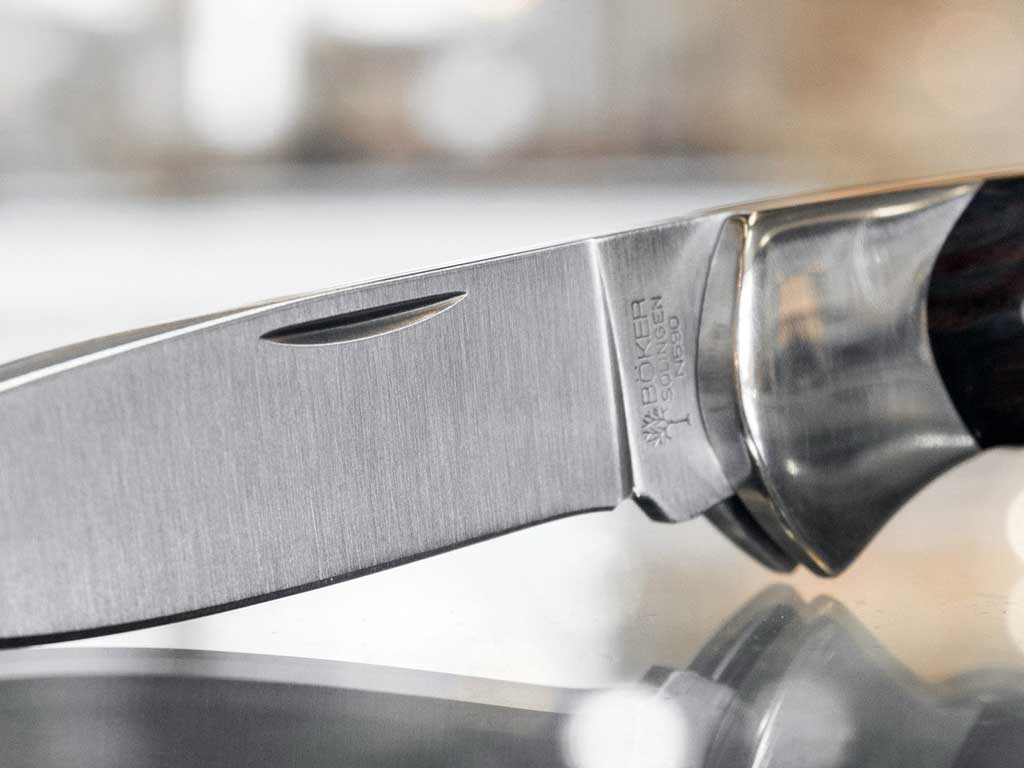
Flipper
A pocket knife with a flipper has the base of the blade shaped so that when closed, a small lever – also called a "flipper" – protrudes from the back of the handle. When this lever is pulled with the tip of the index finger, the blade flicks out of the handle. This works better the lighter the blade is, which is why many knives are equipped with blades mounted on ball bearings. The wrist movement itself also becomes useful. When the blade is open, the small lever (flipper) usually serves as a finger guard. A variation of this opening aid is the "front flipper," where a short extension of the blade base forms a lever that extends just above the end of the handle. The serration provides better grip for the thumb or index finger when rotating the blade out of the handle.

Thumb Stud
The thumb stud acts as a "handle" for the thumb tip, allowing the blade to be opened with one hand. There are fixed thumb studs, others can be unscrewed or even moved from front to back of the blade. For left-handers, some knives have a "handle" on both sides. Besides its practical function, the thumb stud can also serve as a design element, with materials and shapes adapted to the knife’s appearance. Patterns can range from simple cylindrical shapes to small stepped cones.
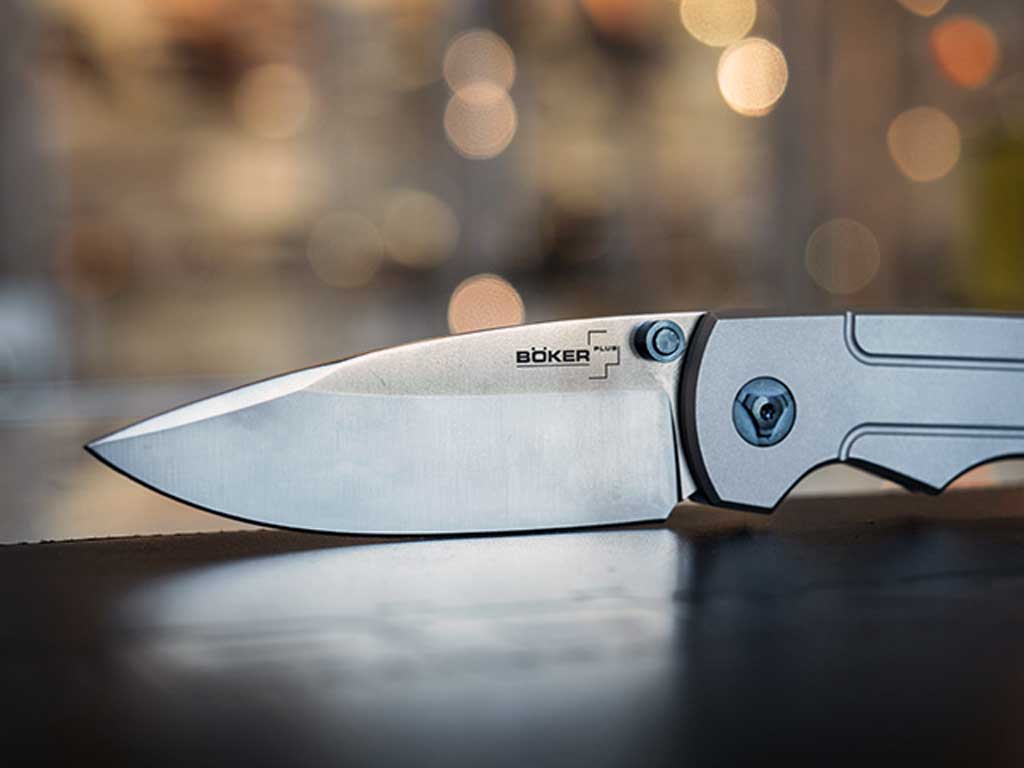
Blade Lifter
The term blade lifter refers to small plates or discs screwed onto the back of the blade. The side projection performs the same function as the thumb pin. A slightly more complex design involves embedding the blade lifter into a corresponding recess at the back of the blade so that both are in the same plane.
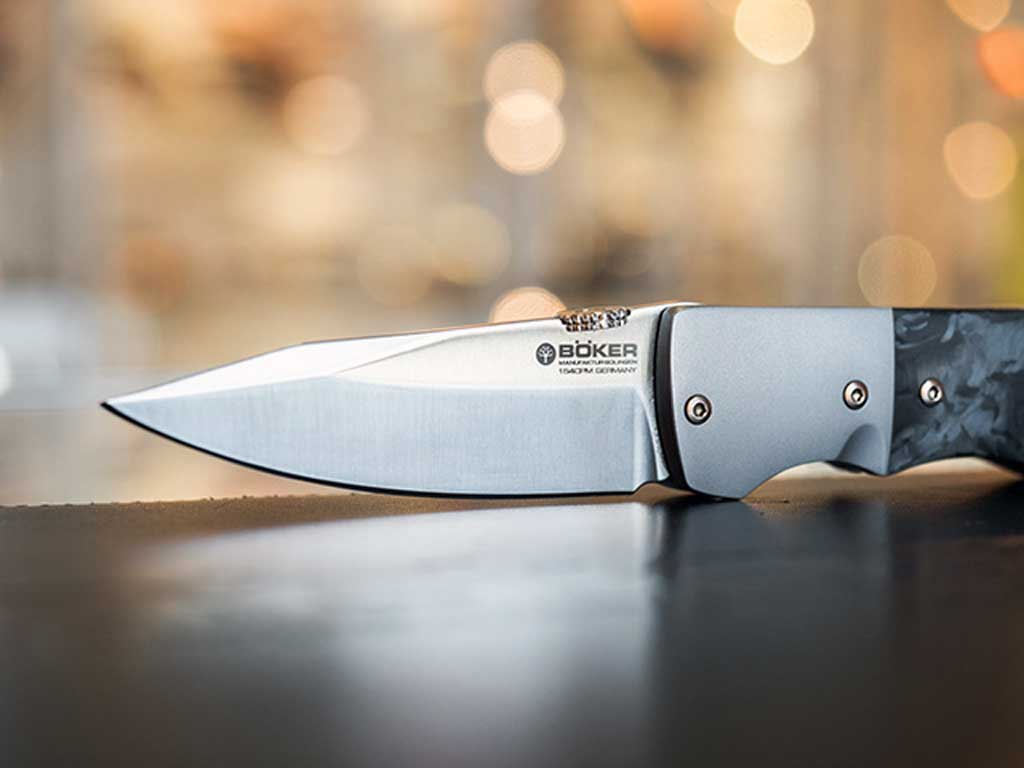
Thumb Hole
American manufacturer Spyderco introduced its first pocket knife in 1981. The blade of this knife featured an open circular hole. This trademark, now known as "SpyderHole", is a simple and practical aid for opening. Pressing the thumb tip into the hole makes it easy to flick the blade out of the handle. This idea was subsequently adopted and adapted by many other knife manufacturers. Practical blade holes are equally suitable for both right- and left-handed users.
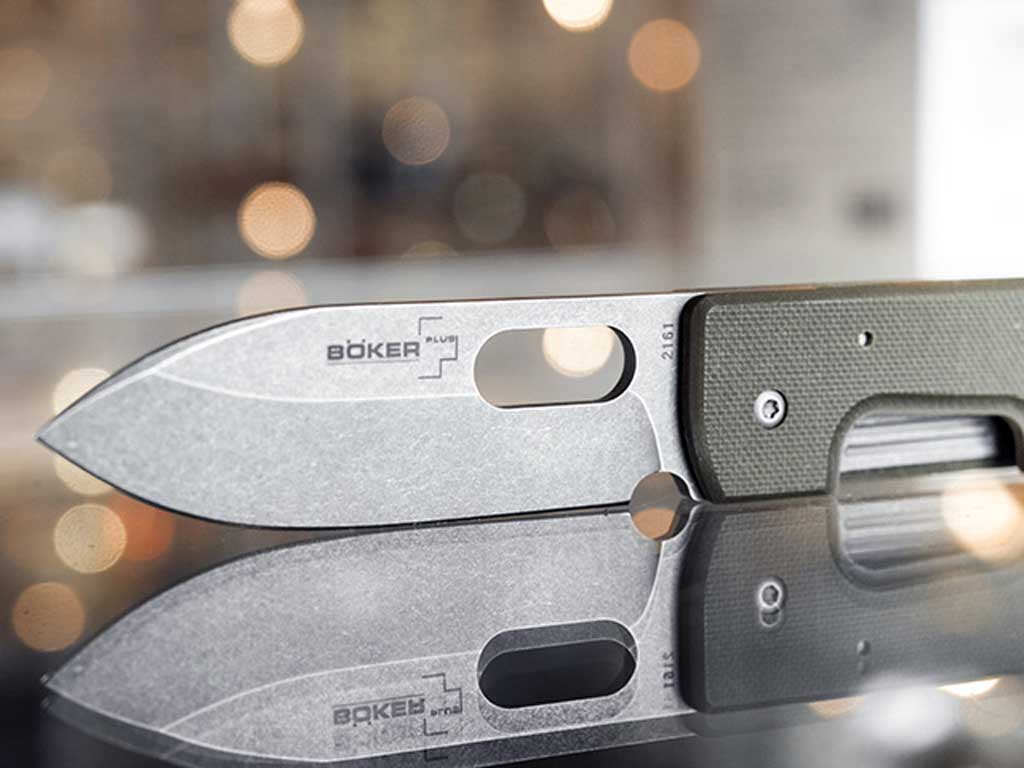
Switchblade / Lever-Lock
Pocket knives known as "Switchblades" have a spring mechanism with historical origins dating back to the 19th century, which was apparently never patented, as it was used by several cutlery manufacturers in Solingen. The construction is based on a leaf spring mounted longitudinally on the surface of the handle, which holds a tensioning lock pin that blocks the base of the blade when closed. Inside the handle is a spring-loaded mechanism that causes the blade to shoot out of the handle when the pin is lifted. This happens using a small lever. To prevent accidental activation of the mechanism, the lever can be folded forward. The lever thus serves both as a trigger and as a safety device (Lever-Lock).
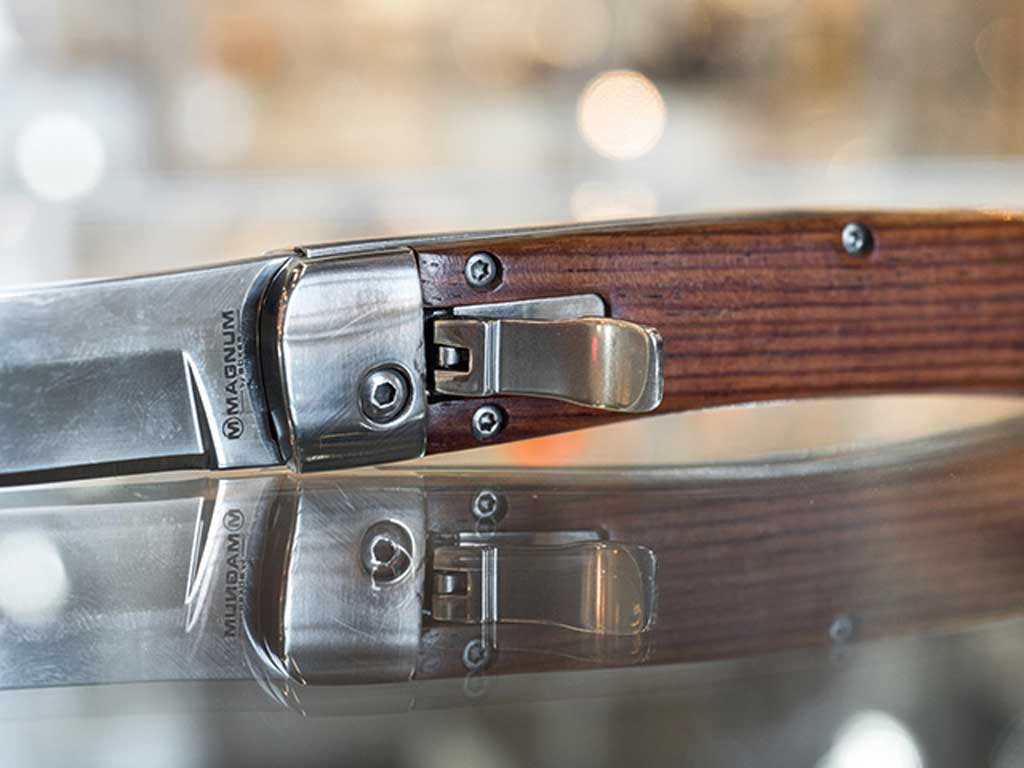
Other Opening Mechanisms (Spring Assist)
In addition to the traditional Lever-Lock system, there is a diverse range of modern spring mechanisms. Essentially, two types of knives can be distinguished: automatic spring knives and pocket knives with spring-assisted opening aids, which are known as "Spring Assist" in English. The difference is that with automatic knives, a button, lever, or slider triggers the spring mechanism, which then opens the blade on its own. With a spring-assisted system, the blade must be manually moved to a certain opening angle before the spring mechanism propels the blade into its final position. Our proven Speedlock models represent automatic knives: here, a coiled spring is wound around the blade’s axis under tension when the blade is folded. Pressing the button releases the spring, which then causes the blade to flick out of the handle. The Outburst system developed by CRKT is a well-known example of a spring mechanism.
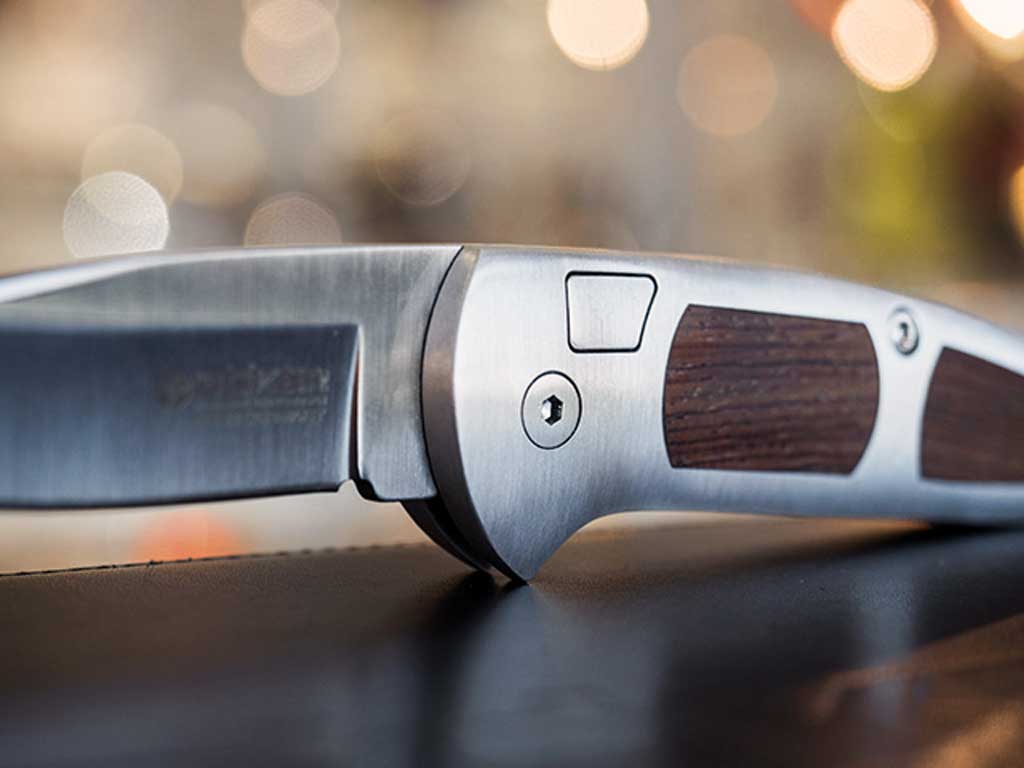
Photographs used are by Böker and are available at this address.
```
We recommend from our offer
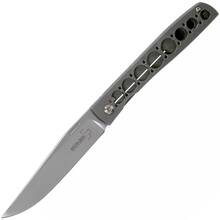
Böker Plus Urban Trapper 42 01bo735
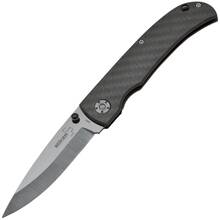
Böker Plus Anti-Grav 01bo036
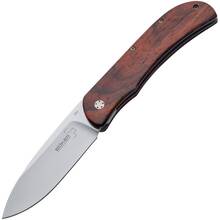
Böker plus exskelibur I Cocobolo 01bo022

Böker Plus Caracal Folder 01bo771
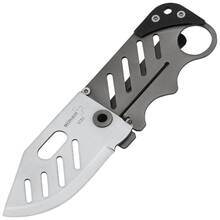
Böker Plus Credit Card Knife 01bo010
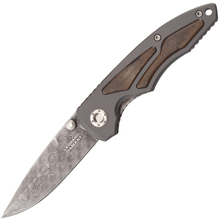
Böker Leopard-Damast I 110084DAM
























































































































































 Slovakia
Slovakia  Czech Republic
Czech Republic  Austria
Austria  Germany
Germany  Hungary
Hungary  Romania
Romania  Poland
Poland